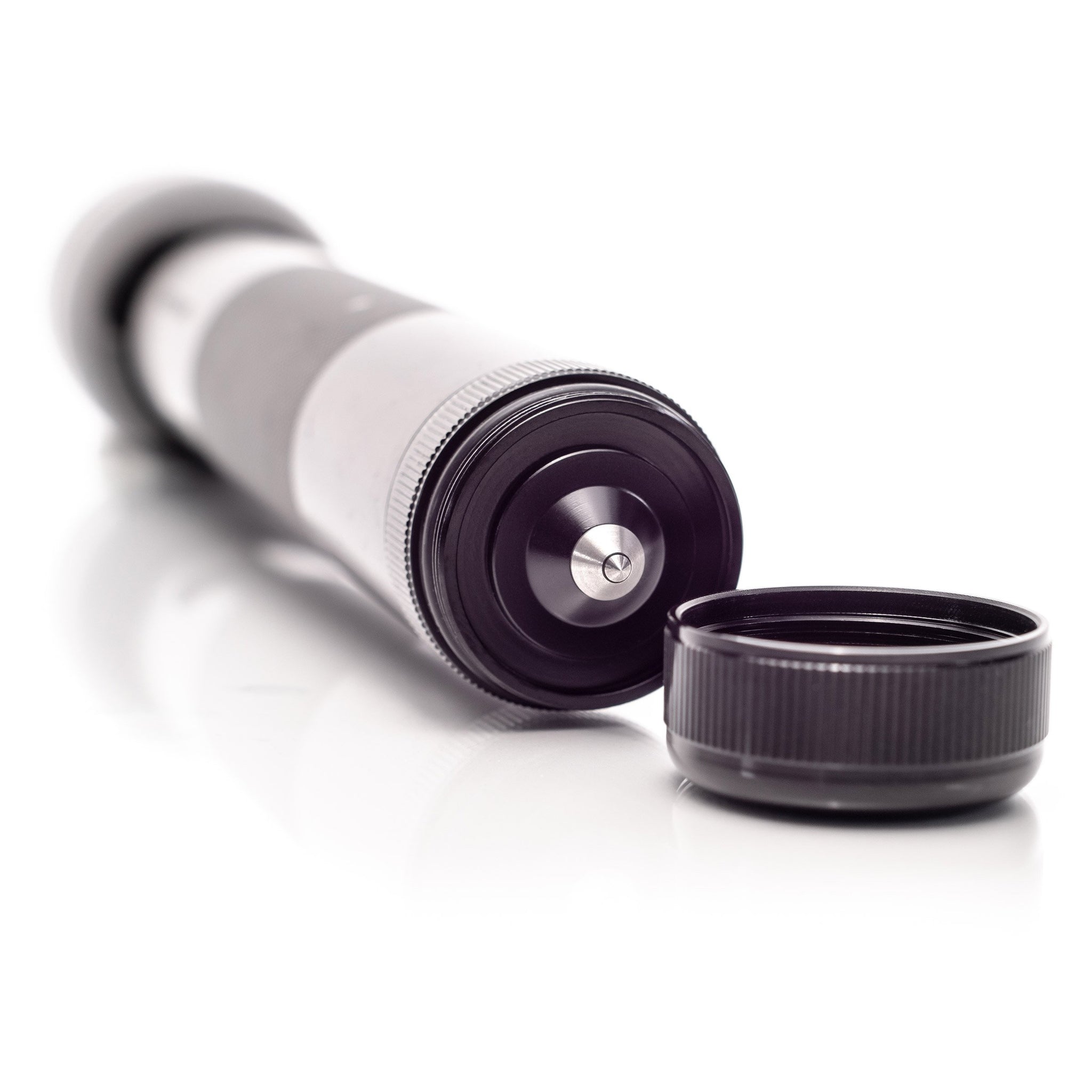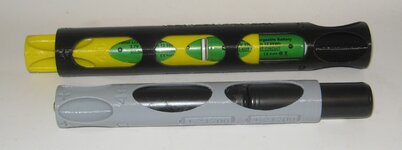IMA SOL MAN
Flashlight Enthusiast
Yes, making it weaker is a concern I have.The extention tube makes it weaker if you plan to us the light for impacts.
I had a bust a cap on my 6C but recently took it off. I think may be better on smaller lights as I doubt I will have a big flashlight in a situation where I would need it. I'm no longer involved in any SAR type activities.
Breaking out a house window during a fire or in tornado wreckage was kind of what I had in mind for the bust a cap and strike bezel.





